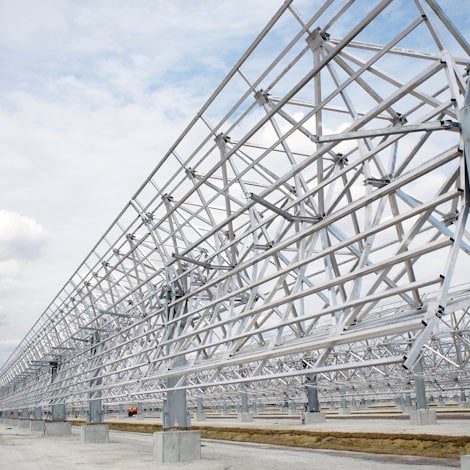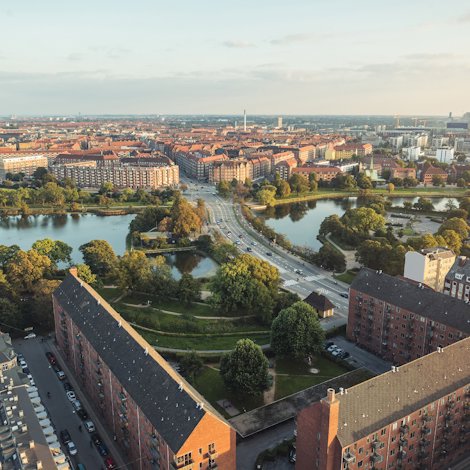Smart cities select intelligent poles
Intelligent light poles can increase urban efficiency while dramatically reducing energy costs.
Two-thirds of the world’s population will be living in urban areas by 2050. This puts enormous pressure on city councils and planners to make their cities smarter and greener by optimizing infrastructure and energy.
Take, for example, streetlights. Most streetlights are old and not terribly energy efficient. In Europe, where they account for anywhere from 20-to-50 percent of local governments’ energy costs, the Humble Lamppost project is upgrading millions of streetlights with low-energy LED bulbs.
Many cities have joined this European Innovation Partnership on Smart Cities & Communities (EIP-SCC) initiative, with the aim of decreasing their energy costs by 50-to-75 percent. At the same time, cities are using the opportunity to gain additional benefits by installing smart applications into the new light poles.
Much more than a light
Intelligent or multi-purpose light poles can help solve many urban problems due to their ability to incorporate software controls, electronics and sensors that can receive and transmit data. They can improve parking and traffic management through real-time data, leading to a reduction in congestion and emissions. Intelligent poles can also monitor air quality, detect and notify officials about street flooding or be turned into charging stations for electric vehicles.
The poles can incorporate functions such as CCTV cameras, loudspeakers, digital signposting, WiFi hosting or even water dispensers. There is really no limit to the potential features and functions that can be integrated into intelligent light poles.
Some high-quality aluminium pole products are entering the market, but I recommend taking the following into consideration before you select your smart new city poles:
- Make sure you have the right infrastructure with sufficient power
- Install constructions that are easy to adapt and able to accommodate new technologies
- Electronics generate a lot of heat so use materials suitable for heat transfer
- Make use of modular, lightweight and hinged constructions to enable faster, cheaper maintenance and better ergonomics for those working with poles
- Use durable and easily recyclable materials such as aluminium - better for the environment and for future generations








